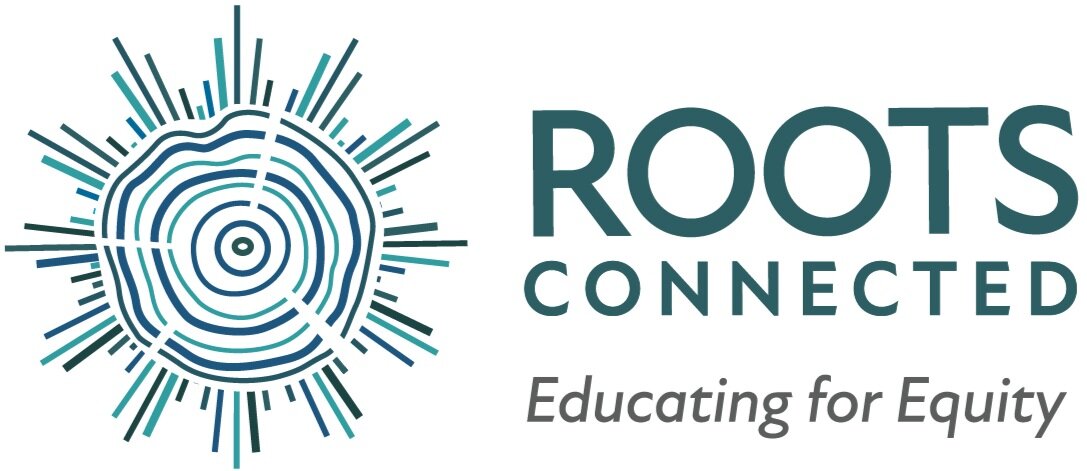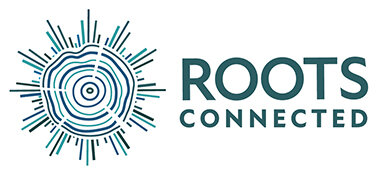Critical Literacy: Teaching Students How to Think Versus What to Think
“Critical literacy is not a teaching method but a way of thinking and a way of being that challenges texts and life as we know it. Critical literacy focuses on issues of power and promotes reflection, transformation, and action. It encourages readers to be active participants in the reading process: to question, to dispute, and to examine power relations.”
— Freire, P. (1970). Pedagogy of the Oppressed. New York: Herder and Herder
Children internalize so much about how the world works through what they learn in school. Young children, in particular, are trying to understand the implicit social code about what is right versus wrong, fair or unfair, and where they fit into the many communities they are a part of. Yet, no teacher, book, or experience can perfectly encapsulate the answers to the existential questions students are asking. We want to help students realize that all information comes with perspective and help them build the skills to:
analyze perspective, representation and power
recognize bias, omission and stereotype
innovate in order to be a part of what has yet to come
A great resource for thinking more deeply about critical literacy is in Chapter 7: Critical Literacy, A Frame for Thinking, Planning, and Enacting, from the book: Girls, Social Class, and Literacy by Stephanie Jones. It provides questions for students to consider when reading a text, that encourage them to think about perspective, positioning and power. Almost any text can be critically examined, when considering the right questions and giving students the opportunity to think critically about their response.
Perspective:
Who could have created this text?
What can I guess about the perspective of the writer (composer/speaker)?
Who are the intended audiences? How can I tell?
What does the author think about the intended audiences?
What readers might think the same?
What readers might think something different?
Positioning:
Who does the writer make him/herself out to be?
What perspectives, practices, and/or people are centered or valued in the text?
What readers might feel like “insiders” reading this text?
What readers might be positioned as “outsiders” by this text?
How does this text position me?
Power:
How is the author using power in this text?
Does the author use their power to repeat stereotypes or to challenge them?
Does the author invite readers to critique the text or is the text positioned as a so-called truth?
Who, or what benefits from the power in this text?
Who, or what would not benefit from this text?
As educators and parents to children of any age, there is tremendous power in pausing and asking students, “Do you agree?” or “ How does this make you feel? Why?” Followed by, ”What readers might think the same? ” It isn’t about the right book or the right question but rather that we all understand that who we are impacts both how we write and how we read. Engaging in this process allows students to think critically and seek multiple perspectives, ultimately developing a more humanizing view of both ourselves and others.



